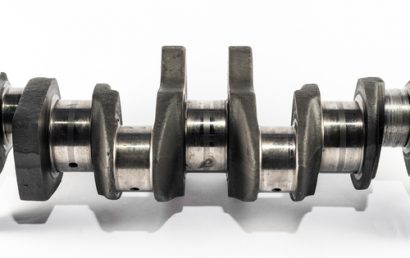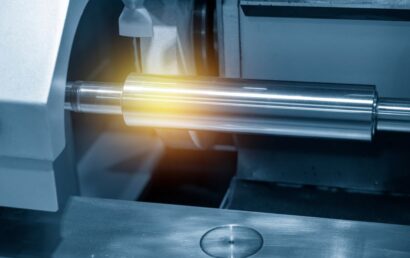What You Need To Know About Electroless Nickel Plating
ENP, or electroless nickel plating, uses chemical reduction rather than electric current for the deposit of a nickel alloy coating. For engineering purposes, most ENP contains a 2 to 14% phosphorus in its nickel phosphorus deposit. Corrosion resistance increases as the phosphorus content is raised. There is a compromise here, however. Hardness will decrease as phosphorus content is increased.
Electroless Nickel Plating or ENP
Sodium hydrophosphite (or other chemical reducing agent) is used in the depositing of ENP. Metallic nickel is made by the reduction of nickel ions. Ordinarily, a common thickness is 25 to 75 m. And though the levels of ENP will be pushed to the limits, high phosphorus ENP can exceed 75 m.
What Are ENP’s Benefits?
Superb corrosion resistance is offered by electroless nickel plating. Common corrodents can include hydrogen sulfide, oxygen, carbon dioxide, and saltwater. High phosphorus deposits (10 to 14% phos) of ENP, additionally, is amorphous. That means that there are no phase boundaries or grain to create corrosion initiation sites.
Also advantageous is ENP’s uniformity when compared to electrolytic deposits. Across the entire substrate, a uniformly thick coating is created. This includes inside tubing walls, holes, and in slots. Excellent wear resistance and hardness properties are still provided by high phosphorus ENP even without heat treatment.
What’s more, under conditions where corrosion and wear resistance are factors, a cost-effective solution is offered by ENP. What this means to a business is, among other things, an extended service life. Naturally, it also provides cost savings when compared to certain alloys that are corrosion resistant. This is particularly applicable when localized corrosion is suffered by carbon steel (weld corrosion or flange attack).
Deposit Properties
Good hardness, deposit uniformity, and superb corrosion protection are offered by ENP. In order to better fit an application, the deposit’s phosphorus content can be altered. Your surface finishing professional can recommend the best phosphorus level for your application by better understanding your needs and requirements.
And how a substrate is cleaned has a definite effect on how ENP adheres to it. This is just one reason why choosing an appropriate, experienced protective coating service is essential. When the surface is prepared correctly, bond strength on stainless steel is commonly between 160 to 200 Mpa and 200 to 420 Mpa on carbon steel.
Factors To Consider
Plating quality can be affected by several factors. Consult your surface finishing partner for proper management of the following factors:
- Control of the plating baths – To assure a consistent, high-quality plating finish, this must be carefully managed.
- Cleaning – Surfaces for application must be free from soaps, dirt, oils, etc. for proper adherence.
- Surface preparation – Effective plating cannot be applied to surfaces that are badly machined, rough, have burrs, are uneven, etc.
You can trust the professionals at A&A Coatings to determine your precise needs no matter what protective coating you choose, or which application method is appropriate. Contact us today to see what A&A Coatings can do for you. The longer you wait to make that call, the more unnecessary wear and tear on your parts and components!




